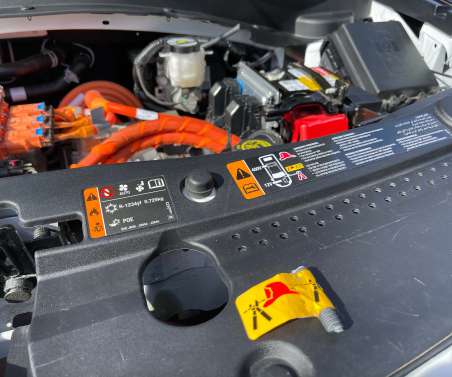New York City Council passes bill mandating all city school buses be electric by 2035
Green Car Congress
OCTOBER 10, 2021
The New York City Council passed a bill mandating that the city’s school bus fleet be fully electric by 1 September 2035. Of the 960 currently managed by the City, 885 would still be need to be converted from diesel to electric as the City had previously committed to converting 75 school buses.













Let's personalize your content